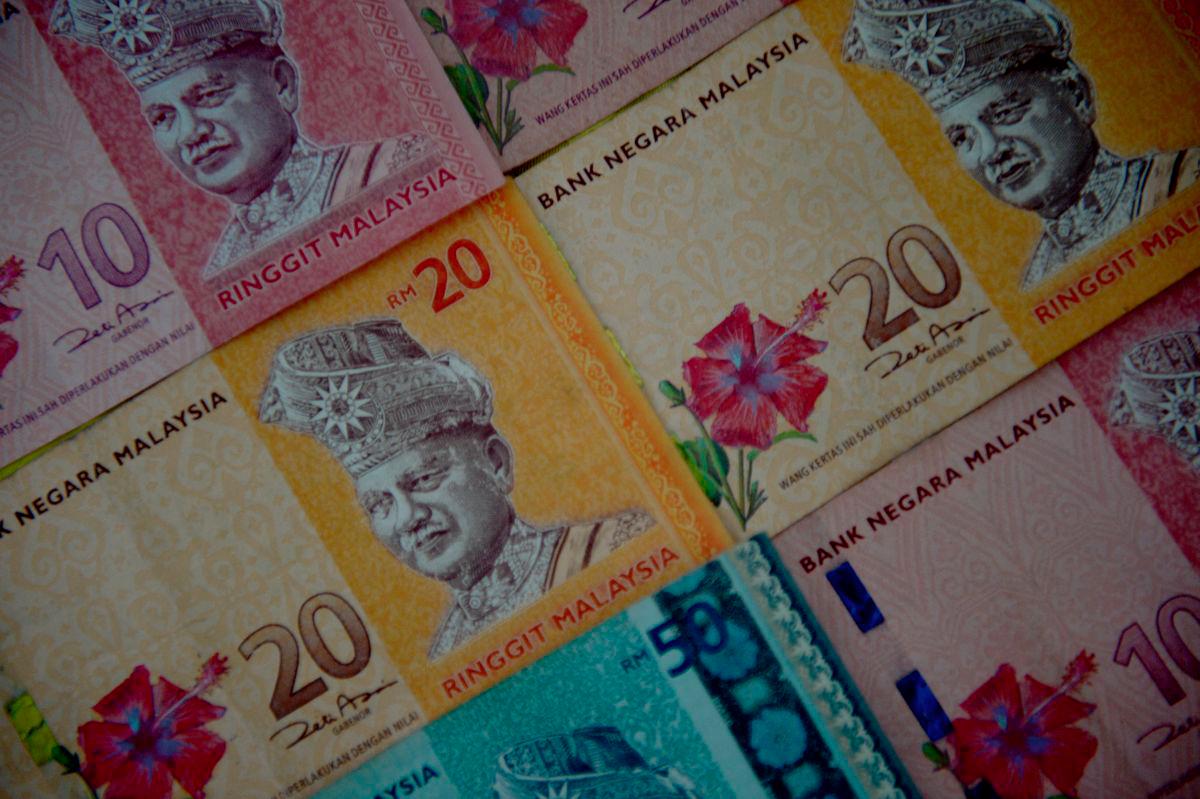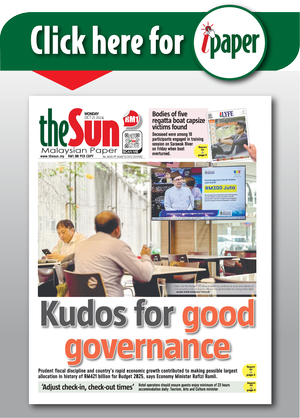KUALA LUMPUR: Bank Negara Malaysia (BNM) remains optimistic about the trajectory of the ringgit, underpinned by Malaysia’s strong economic fundamentals and structural reforms.
The central bank’s Governor Datuk Seri Abdul Rasheed Ghaffour said that the ringgit has strengthened against the US dollar by 5.8 per cent year-to-date amid a challenging global economic environment.
Previously, at the launch of the Global Islamic Finance Forum (GIFF), he said the ringgit could appreciate to RM4 against the US dollar by the end of the year, given Malaysia’s bright economic prospects.
“While we do not target any level for the ringgit, we remain committed to ensuring the foreign exchange market remains resilient and stable.
“Over the longer horizon, our continued structural reforms, such as in labour markets and social protection, which are key to driving improvements in our productivity and competitiveness, will further unlock growth and provide enduring support to the ringgit,” he responded to Bernama’s query.
Abdul Rasheed added that Malaysia has been making good progress in attracting quality investments, with encouraging results being observed.
“Compared to previous investment upcycles, the current upcycle has been more private-sector driven with a notable increase in higher valued-added activities in the manufacturing and services sectors such as automation, digitalisation and data centre investments,” he said.
Besides, he said the central bank views the government’s continued commitment to fiscal discipline, with the target of further reducing the fiscal deficit to 3.5 per cent of gross domestic product in 2026.
Additionally, the government has also been taking meaningful steps to rationalise subsidies, said Abdul Rasheed.
“But to further drive and sustain the ringgit’s trajectory, we will need to work hard to continue to strengthen our economic fundamentals.
“We need to see through plans and roadmaps like the 13th Malaysia Plan, the New Industrial Master Plan 2030, the National Energy Transition Roadmap and the National Semiconductor Strategy,” he said. - Bernama









